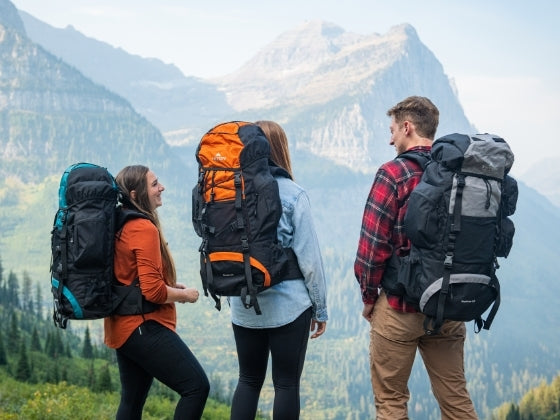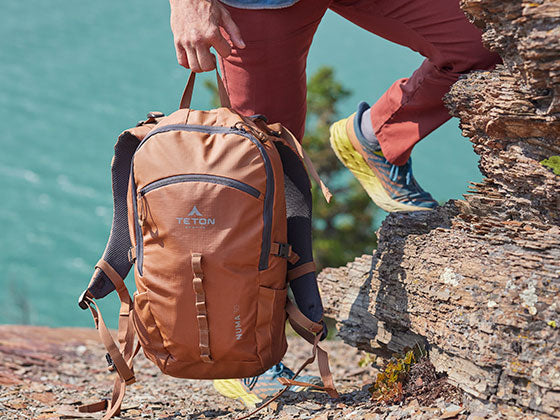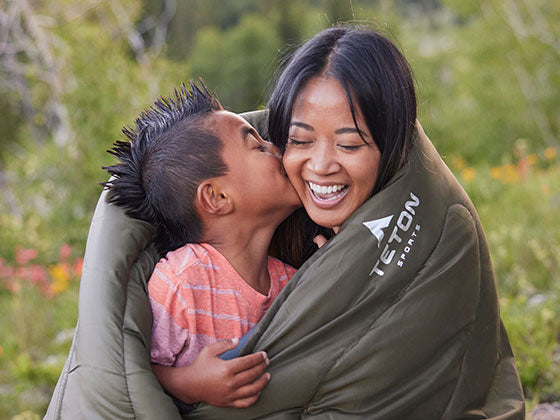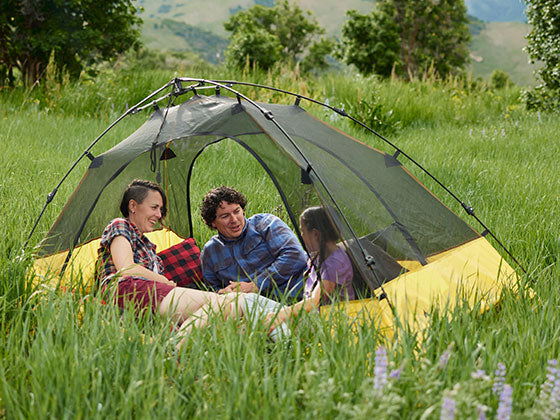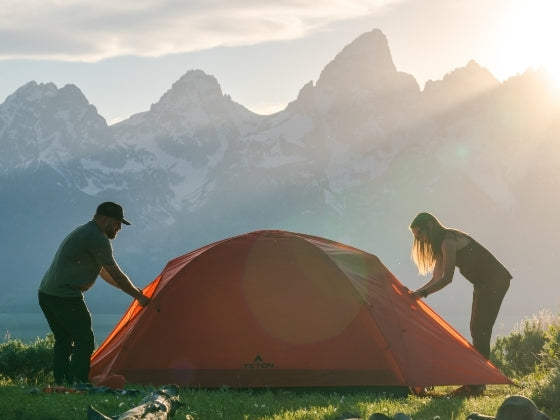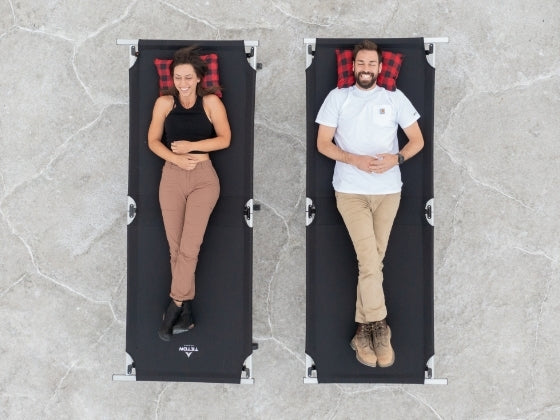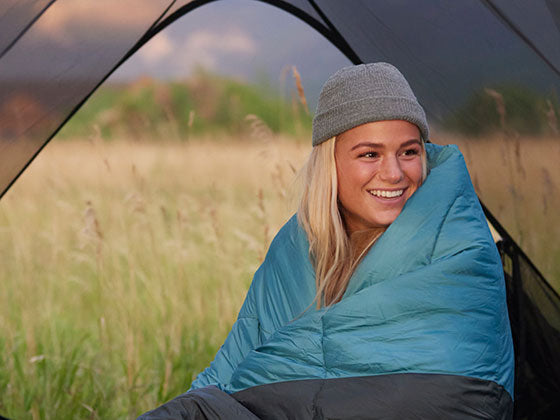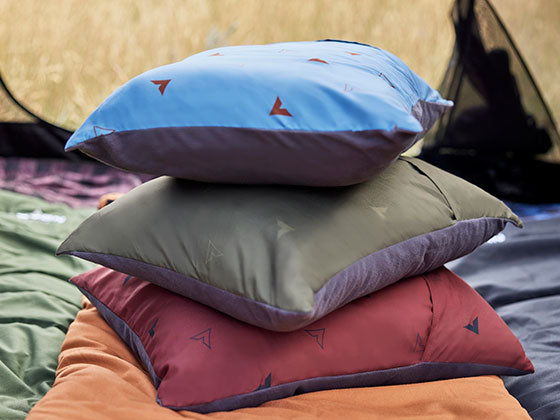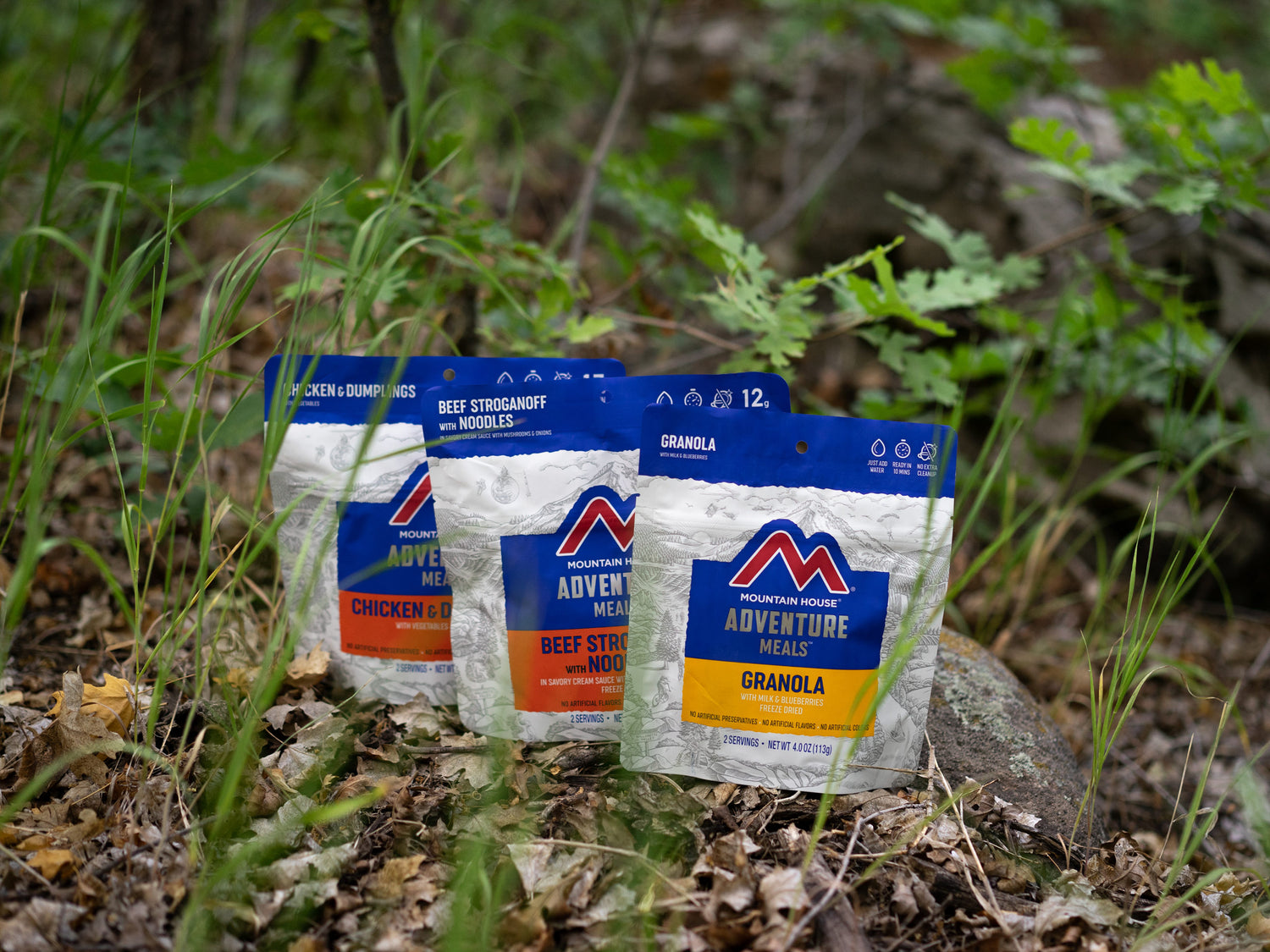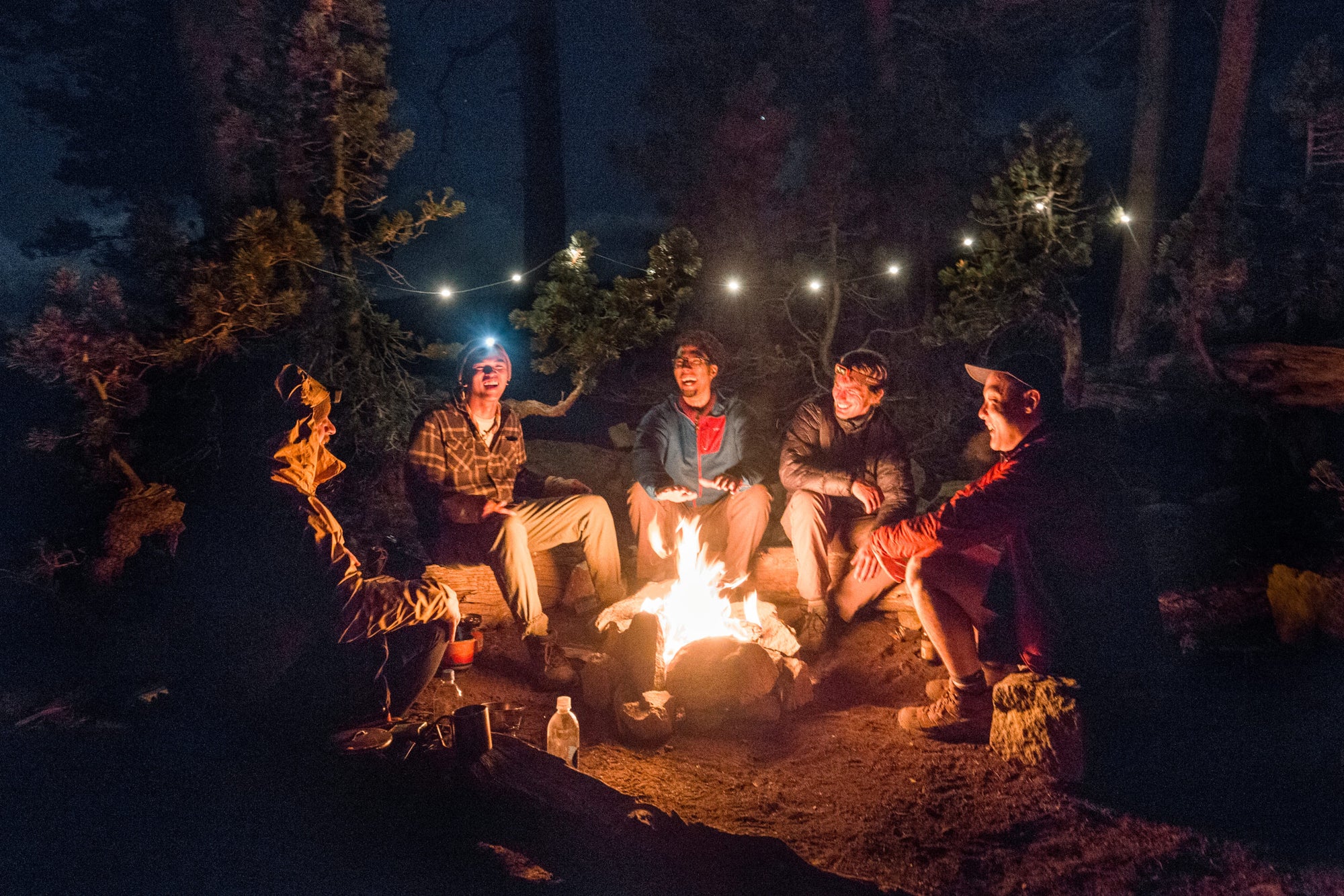By: Desiree Hester
As July temperatures veer towards scorching, dealing with food storage while camping can create quite the challenge. But no matter how hot it may be where you are located, we’ve got the tips to help you store your food without a hitch. Check out these 11 tips for success and get ready to head out on your next great adventure!
Invest in a good cooler
If your budget permits, invest in a well-insulated cooler. Low quality coolers may lack insulation and will cause your ice to melt significantly faster. If you are unable to upgrade your cooler you can also add extra insulation to your existing cooler with materials like Styrofoam or bubble foil. Though the DIY alternative might require some experimentation, it is a cost-effective option that may be worth the effort.
Pack your Cooler Properly
The way you pack your cooler makes a difference. Begin by placing large block ice or frozen water bottles first. Next, layer your food in the order it will be consumed. Pack the last meal first and work backwards. The first meal you will consume should be packed on top. All items should be stored in packaging that won’t leak into the ice chest. As you are packing, cubed iced should be layered throughout, filling in any gaps around the food. You should aim to pack tightly, preventing as little air as possible in the cooler. Finally, you can add a rack on top to place snacks that you intend on eating soon.
Keep Drinks Separate
The more often you open your cooler the faster your ice will melt. In order to keep things cold as long as possible, pack two coolers. In one cooler pack the food items that will need to be kept cold for an extended duration. In the second cooler pack drinks and any snacks that will be frequently accessed throughout the day.
Buy Block Ice or Make DIY Ice Blocks
The larger the ice cube the slower it will take to melt. Options beyond traditional ice cubes include buying large block ice or wrapping dry ice in newspaper (though be very careful when handling and be sure to not allow the dry ice to touch your bare skin). You can also easily create your own ice blocks by freezing water bottles. Not only will the frozen water bottles keep your food cold, they can provide you with refreshing, chilled drinks to enjoy later in the trip. Pour out a bit of water from the bottle in order to allow for expansion as it freezes.
Use Reusable Ice Blocks
If you are camping in a trailer or have access to power you can also supplement your cooler with reusable ice blocks. Reusable ice can be frozen repeatedly and has the added benefit of not leaving a sloshy mess as it melts.
Freeze Food for Consuming Later
If you are camping for several days or more you can extend the life of your food and keep your cooler cold longer by freezing food that will not be used quickly. You can also allow for more time for adventuring by preparing meals at home and then freezing them to store in your cooler. Allow enough time for the food to defrost and then simply reheat the food at the campsite.
Store Raw Meat Carefully
Contamination is certainly a concern when storing raw meat in coolers. In order to reduce the likelihood of contamination, double bag any raw meat in a leak proof container. If you are going to be camping for several days or more, freeze some of the meat that will be used later in the trip, in order to keep it from spoiling.
Store Coolers in the Shade
Keep an eye on your coolers throughout the day and make sure that they are out of the sun. You can also further keep the cooler cold by digging a hole into the ground and placing the cooler in the hole so that it is flush with the ground. This option should only be done in areas where it is permitted and won’t cause damage to vegetation.
Consider River Storage for Drinks
If you will be camping near a river you can chill your unopened beverages in a mesh bag that is tied to a tree or heavy rock. Storing drinks in the river can eliminate the need for an additional cooler and supplemental ice. This option is not advisable in bear country, however. If you are camping in bear country, all food and drinks will need to be stored securely in your car or bear box. If you are unsure, check with a local ranger or camp host for guidance.
Use a Thermometer
Inexpensive thermometers can be purchased and stored in your cooler. Having a thermometer present will provide peace of mind in knowing that your food is being stored safely.
Pack Nonperishables
It is always a good idea to pack some nonperishable food options. In the event that you don’t have access to more ice and need it, having extra food that you can safely consume is a plus.
About the Author: Desiree Hester
Desiree is a photographer, blogger, world traveler and creator of The Wayfarer Journeys travel website. Through her words and photos she aims to inspire others to dedicate more time to being in nature and to add outdoor adventure into every trip that is taken. Desiree believes that anyone can benefit from travel and time spent in the great outdoors- no matter their skill level. Whether in her beautiful home state of Utah or while traveling abroad, she can be found hiking, back packing, camping, snow shoeing, cooking a mean dutch oven meal or out on the lake with her wonderful husband and fearless adventure pup, Waldo. You can follow Desiree on Instagram at @thewayfarerjourneys

